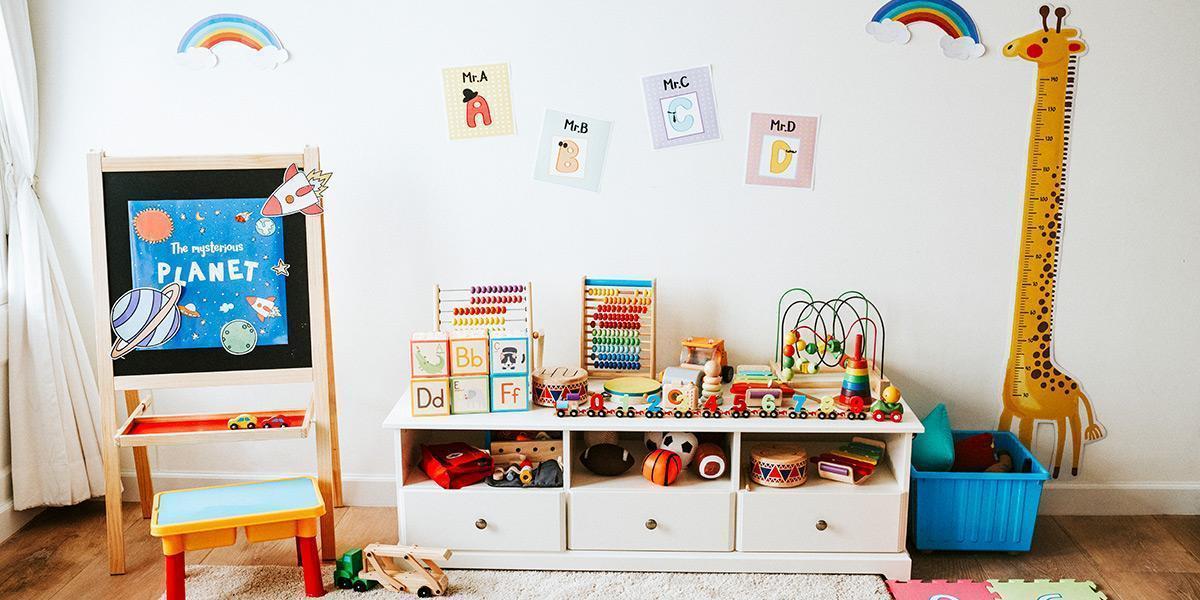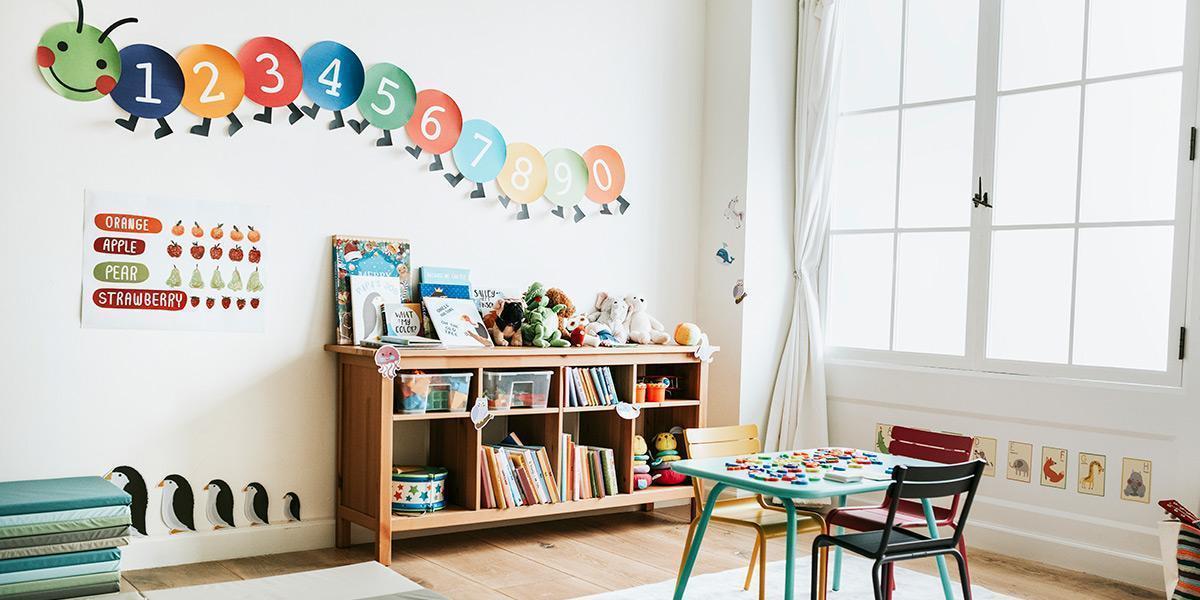Teacher-student interaction results in a positive classroom environment that affects the learning and growth of students positively. Student-teacher interaction aids students’ memory skills, cognitive ability, physiological development, and emotional growth.
Breakage (Icebreaker)
Deglazing is a term used for a simple activity that allows teachers and students to get to know each other. Such activities are short, fun and require little organization but provide a deep impact on the classroom environment. Ice breakers can be used to set off the start of the school year, or at the start of each class to prepare the class for the lesson and serve as an introduction to a certain topic while grabbing the student’s attention.
Deglazing and warm -up activities:
We will mention a set of inexpensive and fun activities that teachers can use in their classrooms
Game of three questions:
All members of the group write 3 interesting questions they want to ask others in the group. Not normal questions like “What’s your name?” but something such as: “Where is the most interesting place you have ever traveled?” or “Name something that you are passionate about”. Give them time to mingle and ask three different people from the group one of their three questions. They come back together, and everyone gets up and gives their name. The teacher then asks the group members to tell them all what they know about this person.
Wallet game:
Everyone chooses one (or two) object (s) from their pocket or bag which has personal importance to them, introduce themselves, then tell the story of the chosen object and why it is important to them.
Talent show:
Each person chooses a special talent that they have and can show the group. They present themselves, explain what their particular talent is, then showcase their own talents for the group.
Toilet paper game:
Pass a roll of toilet paper to the group and ask them to take as many squares of paper as they want without further explanations. When students are done, each person must say a fact about themselves for each square of hygienic paper they have taken.

Alignment game:
This game is perfect for increasing energy and learning more about a student. Divide students into groups to compete in order to complete the task faster. Ask the group to get up and line up in a straight line. After they aligned themselves, tell them to reorganize the line so that they are queuing in order of:
- Height from the shortest to the tallest.
- Months of birth, from January to December
- The distance they travel to go to school, from far to long.
- Anything else you can think of!
Card game:
Hang a large world map. Give everyone a pin. When they enter, they pinch their place of birth on the map.
Kite game:
Everyone makes a paper plane and writes their name on it as well as something they love and hate (you can also add additional questions). Everyone launches their plane in the room. If students find an airplane, they should take it and continue to launch it for 1 to 2 minutes. At the end of this time, everyone should find a plane and present the answers to the class. Just ask the students to watch out for their eyes!

The artist game:
Give everyone a sheet of paper and a pencil. In 5 minutes, they must draw an image of who they are (showing who they are) without writing words or numbers. After 5 minutes, the teacher recovers the images. He/she shows the images to the group one by one and makes them try to guess who is depicted. Then allow each of the artists to present themselves and explain their work clearly and express who they are.
Three in a common game:
Students are divided into 3 groups and their objective is that each group has 3 things they have in common. But not normal things like age, gender, or hair color. Three things should be interesting and individual. Each group speaks for 10-15 minutes to tell the rest of the groups the three things they have in common.
Dream vacation:
Ask the participants to present themselves and describe the details of the perfect vacation for them. They should provide a destination and various activities they would like to do.
Game of People / famous cities:
Display a 3 x 5 sheet on the back of each student in the name of a famous person or city. They must move in the room and ask questions to which can only be answered by yes or to determine the information that will help them know the name of the person or the city on their sheet.
The game blocks (loss):
Ask each group to imagine that he/she is lost on an island. What five objects (you can use a different number, for example seven, depending on the size of each team) would you have brought with you if you knew you could get lost and be alone on the island. You can ask them to write their things on the board and discuss their options and defend it with the whole group.
Maintenance game:
Divide the group into two personal teams (ask them to choose a partner they know a lot about). Ask them to interview for about ten minutes (you can also prepare questions in advance or provide general instructions on the interview) After the interviews, regroup the groups and ask each team to present their team member to the group. This exercise helps them to get to know each other.
Stories game:
The teacher begins a story by saying a sentence. Then, going around, each person adds a sentence to the story until a complete story is created.
Ball throwing game:
Ask everyone to stand in a semicircle. They must all face each other and look at each other. Launch a ball to someone and ask them a question about a taught topic. They then launch the ball at someone else and this person while asking a second question. Continue the exercise until everyone has caught the ball at least once and explained an important concept of the material that has just been covered.
Currency game: (upper levels)
A coin or money is distributed to each group. Ask them to look at the date. When it is their turn, they say the year when it was on their currency, and they must find out and introduce something interesting about that year.
The game of four facts:
Each person writes four facts about themselves, one would be a lie. Each person then reads the lists, and the rest of the students must find the lie.
Glacial game from A to Z:
Ask the student to count the alphabet in harmony. Let them continue for a while until you told them loud and strong, “Stop!” At this point, select a question that relates to the letter they have stopped on.
Reception line game:
The teacher divides the students into two groups and makes them stand against each other (class A against class B). Everyone asks the person in front of him in the other group a question. Then the students switch positions to get to interact with a new student.
Puzzle game:
Give the student empty parts of the puzzle. (Cut cards from paper). Each person writes/draws something on the piece he/she is given. Then the puzzle is assembled to show that everyone contributes to the final product.
The ‘I want’ game:
The teacher divides the class into groups. A person is appointed from each group to be the messenger, and he/she is ready to move and asks his group to help him find what will be required. The teacher says, “I want…” for example: “I want a white watch”. The messenger will be responsible for telling their group what the teacher wants and coordinating the search. The team that finds all the things the teacher asks for wins.
Court game:
Used if there is an accident that disrupts the members of the class. Announce that a court hearing will be required to proceed. In the spirit of humor, name the defendants. Choose a defense lawyer as well as a prosecutor. Write the official accusations and bring them to the judge/teacher. The case is resolved in humor and pleasure after both sides present their arguments.

Rapid change game:
The students are divided into pairs, and they face each other. Each pair is provided with some time to memorize the appearance of each other. Then the players turn around and make slight changes in their appearance (2-5 changes). After they face each other once more, each of the pair must list all the changes that have been made.
The quiet game:
The class is divided into pairs that must stand, face each other, and look in the eye of one another while trying to stay serious and not speak! The first to smile or laugh must sit. All those who remain standing get paired with one another, and the activity continues until a single winner remains.
Sunshine cards:
Everyone writes their name in the middle of a piece of paper and draws the sun around their name. Each student passes their paper to the person next to them who will anonymously write something positive about them. They Continue to pass the cards until everyone had the chance to share positivity.
Complete the sentence game:
Write an incomplete statement on the whiteboard, (such as: my favorite movie is …) and go around the room so that each student finishes the sentence with their personal answer.
The “I would be a…” game:
Define a category (such as historical person, animal, profession etc.) and ask each of the students who/what would they choose to be within that category. They should provide reasons for choosing their answers.

